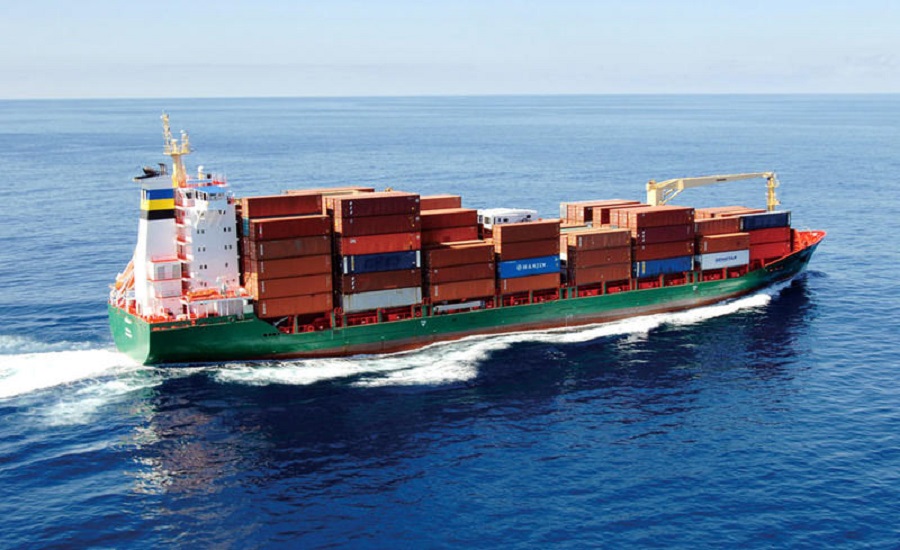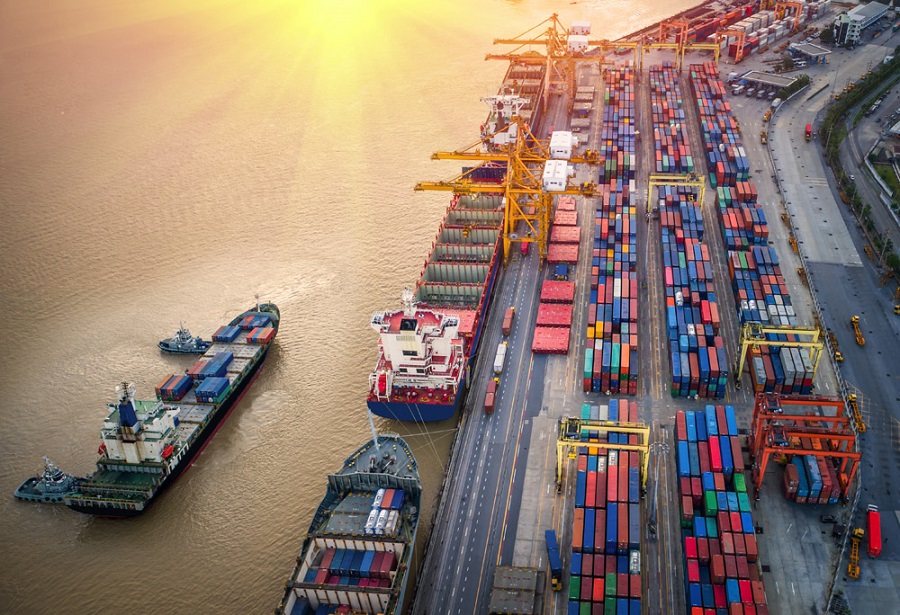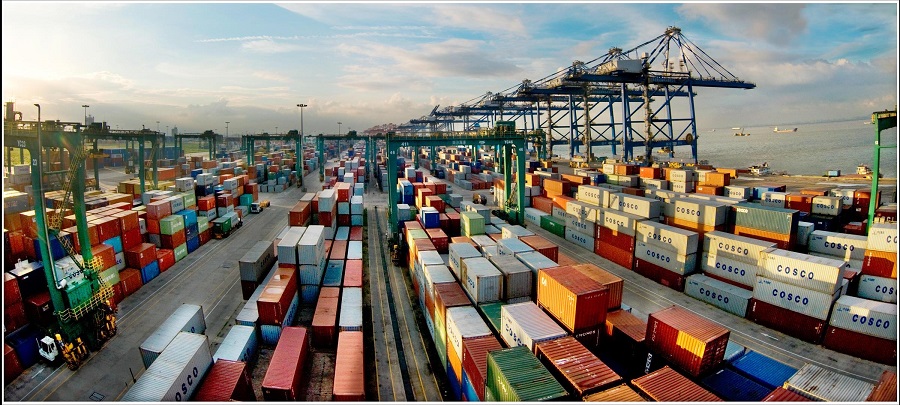The shortage of ships and empty containers, severe supply chain congestion, and huge demand for container freight have pushed freight rates to new levels in the industry. According to the quarterly analysis of the container shipping market by Drewry, an international shipping research and consulting agency, in the context of huge disruptions in port and ship system operations, 2021 will be a year of huge profits in the history of container shipping, and carrier profits will be close to 100 billion U.S. dollars, the average freight increased by 50%.
As spot prices continue to soar, and contract pricing also rises, container freight rates hit a new high in the second quarter of 2021. It is currently difficult to predict when freight rates will peak, as the deterioration of the supply chain continues to push up weekly prices.
The backlog and congestion at the ports on the west coast of the United States and the long queue time have seriously affected the schedule of returning to Asia. There is no way for ships to return to Asia to load cargo on time. Most of the goods can only be diverted to air transport. The effective capacity of trans-Pacific trade is restricted again due to port congestion and voyage cancellation. The capacity from Asia to the US West has already lost 20%, and it is expected that it will lose 13% by the end of August.
Some freight forwarders said that the freight price from Asia to the West of the United States reached US$8,000 to 11,000 per 40-foot box; from Asia to the East of the United States reached US$11,000 to US$20,000 per 40-foot box.
On the Asia-Europe route, the current price index exceeds 10,000 US dollars per 40-foot container. If additional costs such as reservations are added, the freight rate from Asia to Northern Europe is close to USD 14,000 to USD 15,000 per 40 feet.
And according to data from Sea-Intelligence Maritime Consulting, 78% of ships to the West Coast of the United States are delayed, with an average delay of 10 days. Flexport said that there may be delays in every handover link of the international supply chain. For example, from loading in Shanghai to entering the warehouse in Chicago, the 35 days before the outbreak of the epidemic has been extended to 73 days now. According to the Wall Street Journal, Brian Bourke, chief growth officer of Seko Logistics, a freight forwarding company headquartered in Itasca, Illinois, said, “Global trade is now like the hottest restaurant. If you want to book a space, you need to make a reservation in advance. A two-month plan. Everyone is trying to seize the space they can get, but in reality it is hard to find one.”
 The rapid increase in shipping prices and the already high price and demanding air transportation have caused the sellers to pay a sharp increase in logistics costs; coupled with the buyer’s refund caused by large-scale cargo delays, the goods cannot be returned to the country in time, the seller’s supply chain The financial pressure can be imagined.
The rapid increase in shipping prices and the already high price and demanding air transportation have caused the sellers to pay a sharp increase in logistics costs; coupled with the buyer’s refund caused by large-scale cargo delays, the goods cannot be returned to the country in time, the seller’s supply chain The financial pressure can be imagined.
Post time: Jul-28-2021


.png)
.png)
.png)
.png)